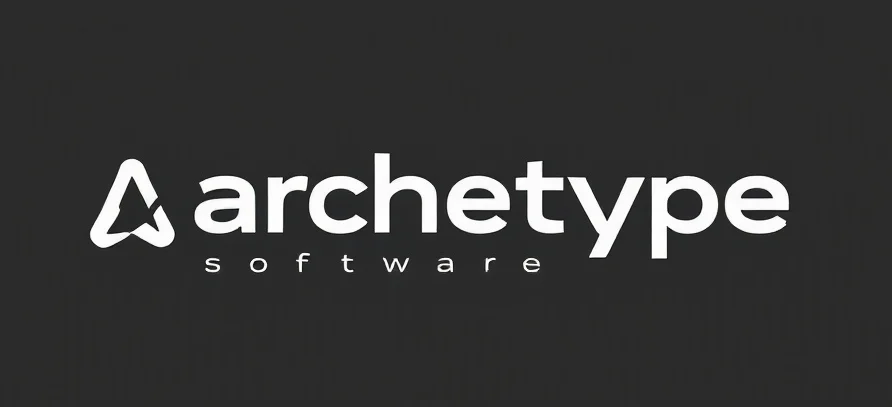The Intern That Reads Minds: Exploring Sentiment Analysis and Opinion Mining
Ah, sentiment analysis and opinion mining—those buzzwords that hint at machines reading our minds. If AI’s a curious intern, then these algorithms are its attempts at understanding our emotional weather. Sentiment analysis and opinion mining have become crucial tools, especially when businesses want to decode the emotional undercurrents of their customer base.
The Mechanics of Emotion Interpretation
So, how does our intern manage this feat? At its core, sentiment analysis involves processing textual data to identify subjective information like opinions or sentiments. Think of it as teaching AI to read between the lines, almost like understanding sarcasm in a text message. The technology uses natural language processing (NLP) and machine learning algorithms to dissect sentences, hoping to figure out if we love, hate, or are indifferent to something.
Opinion mining, on the other hand, is a bit more ambitious. It aims to determine the opinion expressed in a piece of text, which often includes identifying the opinion holder and the subject of the opinion. If sentiment analysis is about getting the gist of a conversation, opinion mining is like listening to the nuances of a debate. It’s about extracting detailed insights—who said what about whom, and why.
Applications: More Than Just a Mood Ring
Now, why are businesses and technologists so enamored with these tools? Because they offer a peek into the collective consciousness of consumers. Whether it’s a tweetstorm about the latest tech gadget or reviews on a new software release, sentiment analysis helps companies measure public perception. It’s like giving businesses an emotional barometer, enabling them to pivot strategies in real-time.
Moreover, sentiment analysis isn’t just about tracking happiness or dissatisfaction. It’s about understanding sentiment trends over time and correlating them with business metrics. Imagine being able to align product launches with positive sentiment trends or tweak marketing campaigns based on public opinion shifts. Transformative, isn’t it?
Challenges: The Intern Still Needs Supervision
But, let’s not pretend it’s all smooth sailing. Our AI intern still has its learning curve. Language is inherently complex, filled with subtleties, context, and cultural nuances. A phrase that might be positive in one context could be negative in another. Moreover, dealing with sarcasm, irony, and slang remains a formidable challenge for sentiment analysis.
Then there’s the data itself. The internet is a vast sea of opinions, but it’s not always clean or structured. Sentiment analysis tools must deal with noise—irrelevant data that can skew results if not properly managed. The key is in continual model refinement and the integration of domain-specific knowledge to increase accuracy.
Actionable Steps: How to Harness the Power
So, how can you, as an entrepreneur or technologist, leverage this tech frontier? Here are a few recommendations:
- Start with a Clear Objective: Define what you want to achieve with sentiment analysis. Is it improving customer service, enhancing product development, or refining marketing strategies?
- Choose the Right Tools: There are various sentiment analysis tools available. Choose one that aligns with your business needs and has the capability to handle your data volume and complexity.
- Integrate with Analytics: Combine sentiment data with other analytics to gain a holistic view of customer behavior and preferences.
- Iterate and Refine: Regularly update your sentiment analysis models with fresh data and feedback to improve accuracy and relevance.
- Stay Human-Centered: Remember, sentiment analysis is a tool, not a replacement for human insight. Use it to complement your understanding, not dictate it.
In conclusion, while our AI intern is making strides in understanding human emotions, it still needs guidance and oversight. But with the right approach, sentiment analysis and opinion mining can indeed offer transformative insights to propel your business forward.
Checkout ProductScope AI’s Studio (and get 200 free studio credits)

